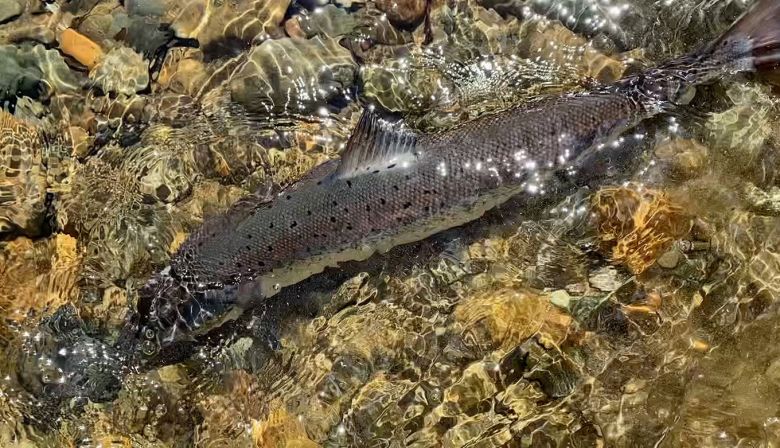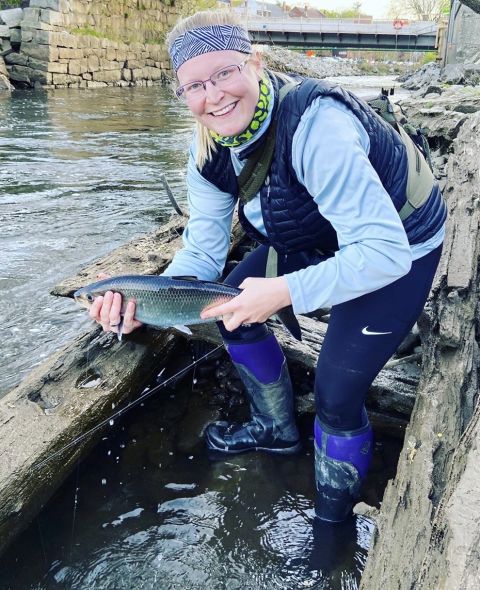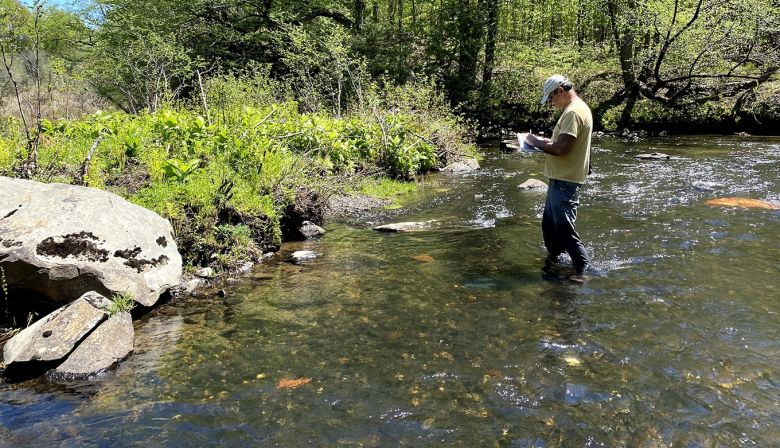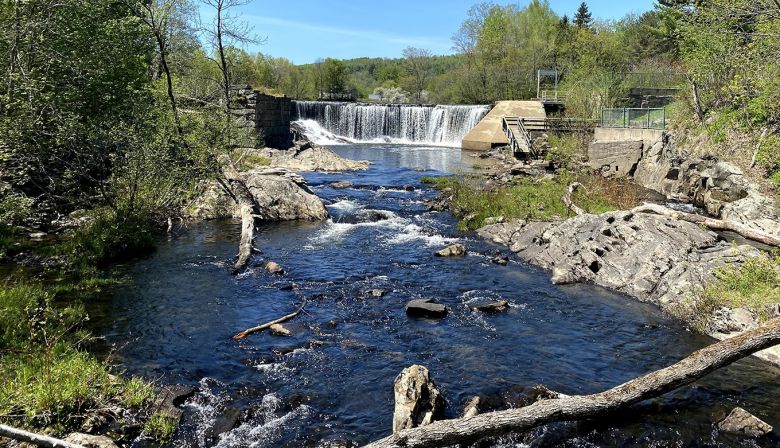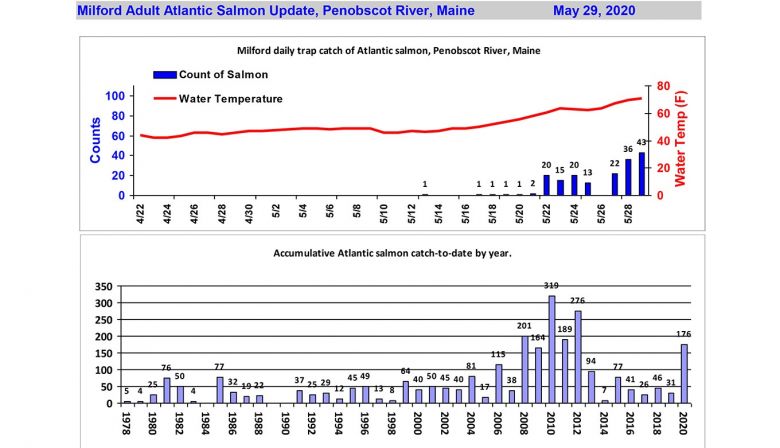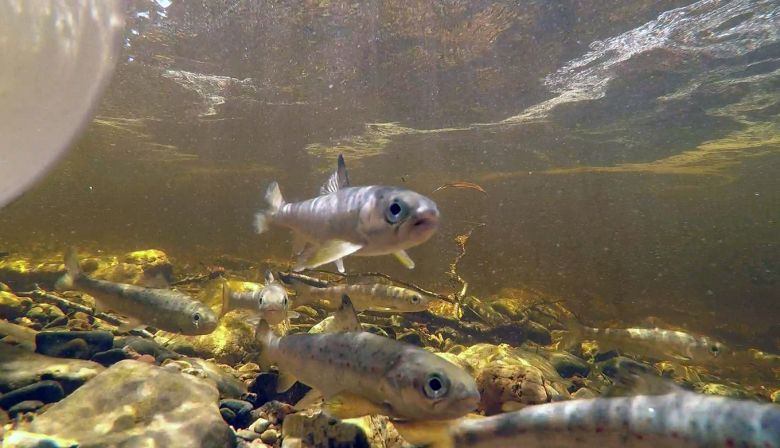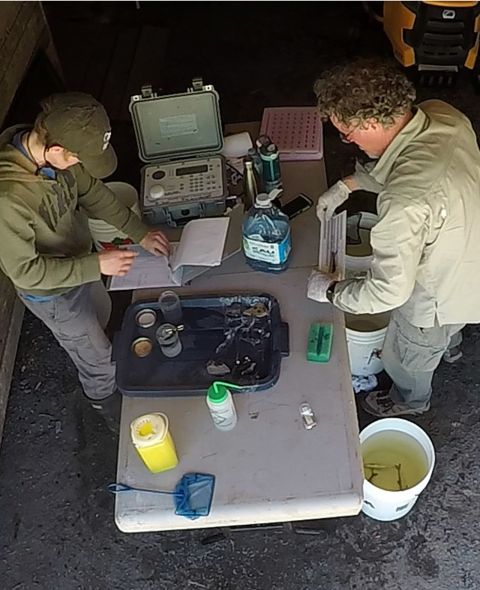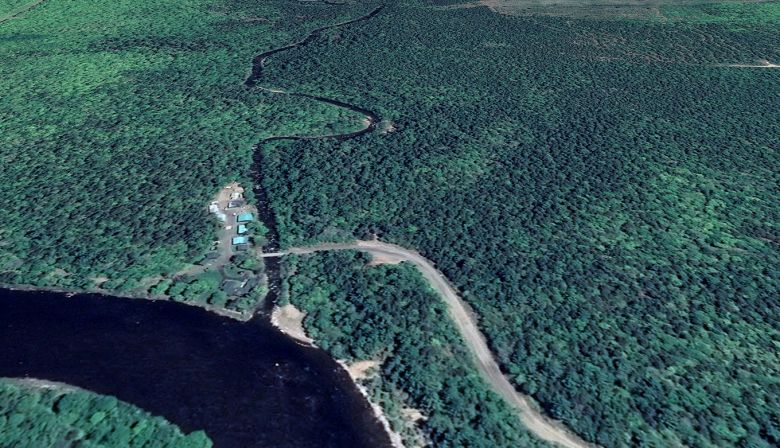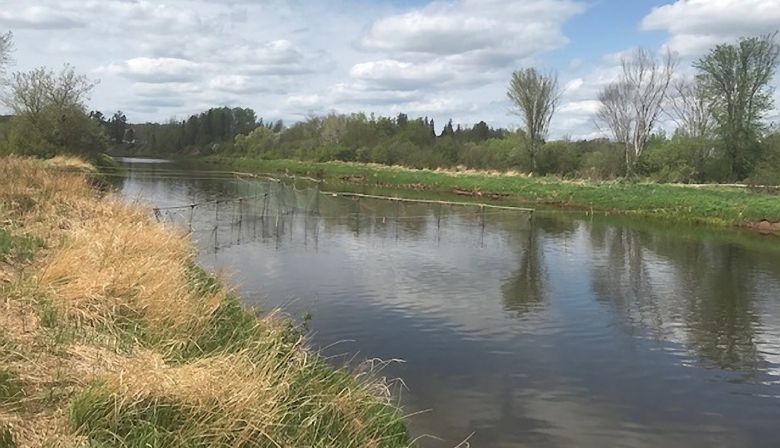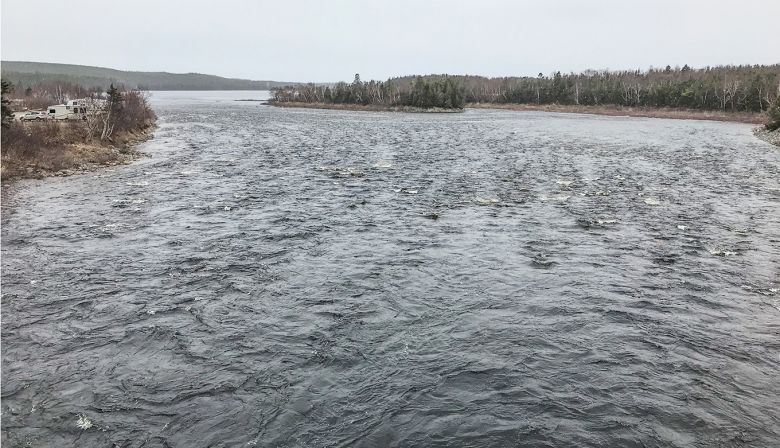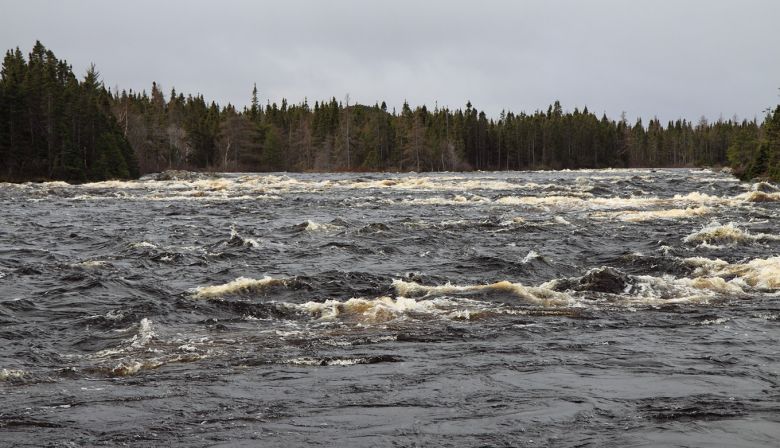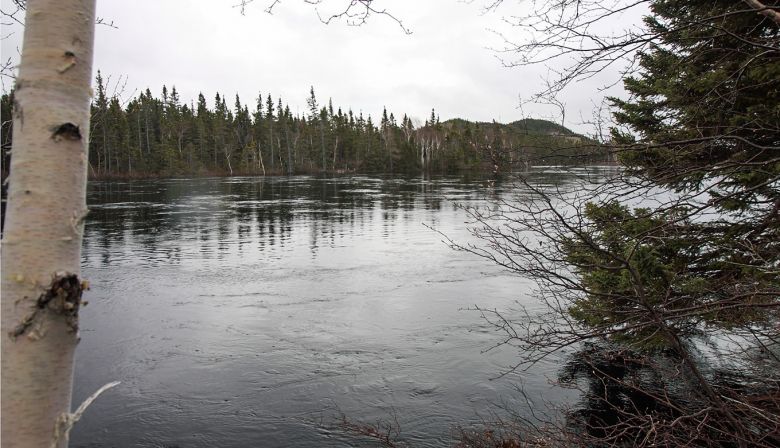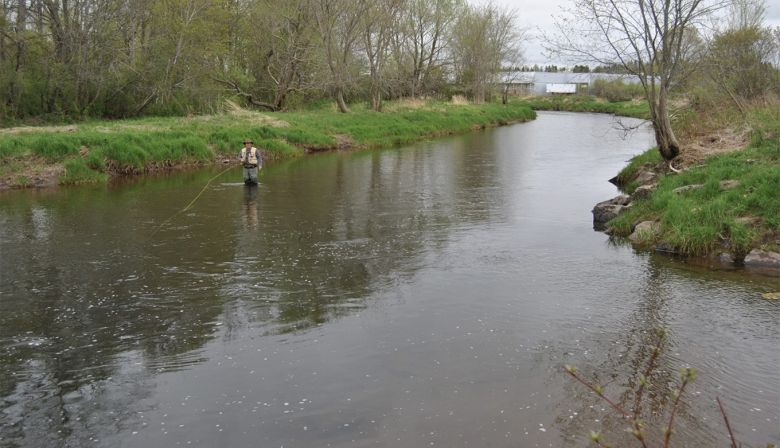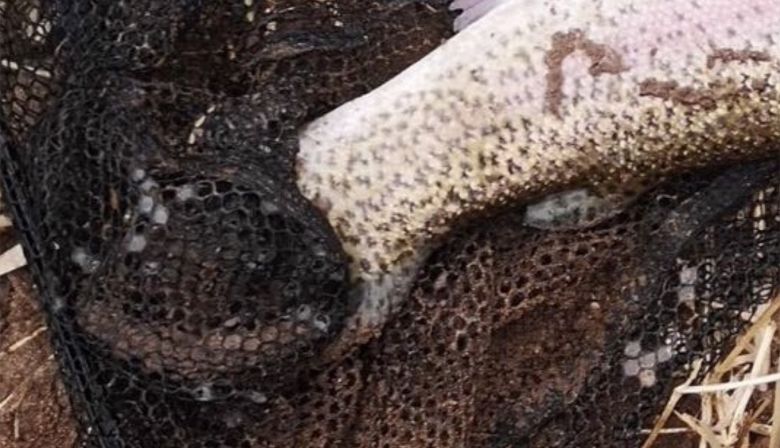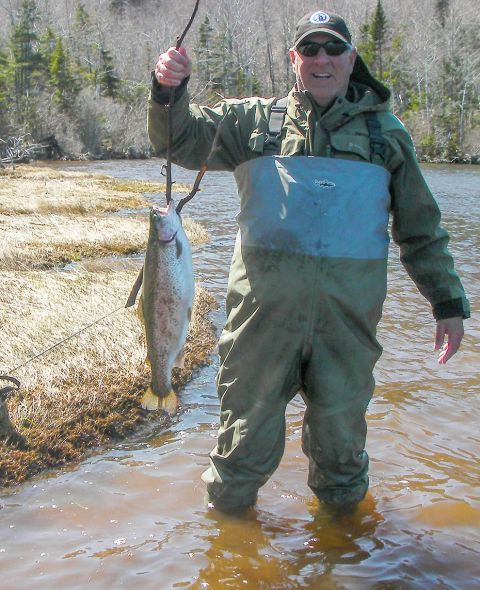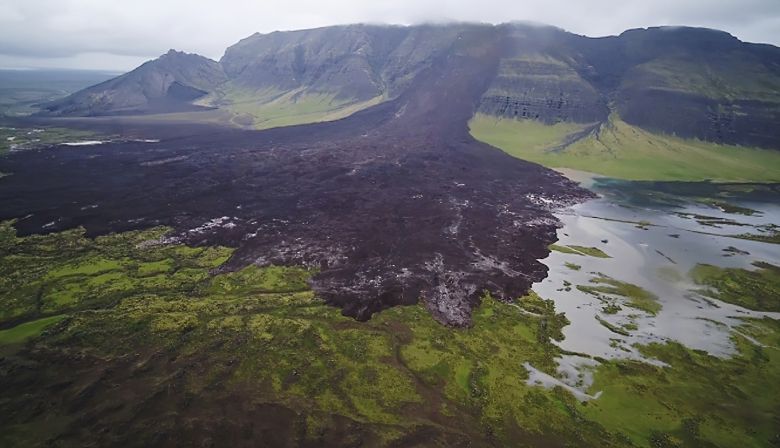Penobscot
Jason Valliere, Biologist with the Maine Department of Marine Resources, gives an update on Atlantic salmon and other migrating species:
This season started off a little slow but things have picked up considerably here at the Milford fishway. A week ago when I sent you the last report the water temperature was 49F and we had only passed 13k river herring. The temperature has rapidly increased to 64F and by the end of the today we should break 500,000.
All the other species started showing up too! The fishway is full of sea lamprey, white sucker, smallmouth bass, alewives, blueback herring , and American shad.
In one day we captured 20 Atlantic Salmon! That’s a solid day for what we have seen in recent years for May. One of those fish was extra special. It was a 94cm, 37in, fork length approximately 40 inch total length male salmon. This particular fish was making its way through the Milford fishlift for the second time! We previously captured this fish on 6/10/2018 when we tagged him and sent him to Craig Brook National Fish Hatchery as a brood fish to support the smolt stocking program. A program that he is a member of. He was stocked out as a smolt in 2016!
Back in 2018 he was transported from the fishway to the hatchery where he was held for the summer, spawned in the fall, and released back into the river. He then returned to the ocean, spent 18 months, grew another 7 inches, and now has returned to the Penobscot River again! He’s definitely a survivor. We do not see many repeat spawn fish. This time he was released directly back to the river to find a mate and complete this trip the way nature intended!
On writing, our salmon count at Milford was 41 fish. Two salmon have also been captured at the Orono fishway which brings the Penobscot total to 43 for the year thus far. We are off to a good start!
Great update as of 5 pm on Friday, May 29:
Things are busy at the Milford Fishway this week! We are up to 176 Atlantic salmon at the lift. This is the 5th highest year, to date, going back as far as our database goes for the Penobscot (1978).
We have also passed 784 shad and 1.2 million river herring!
We could use some rain and cool nights.
Next week’s forecast is predicting a little bit of a cool down which is good for our fish! Last year on May 29th the Penobscot River, here a Milford, was 55 degrees. As I type this the thermometer reads 74!
